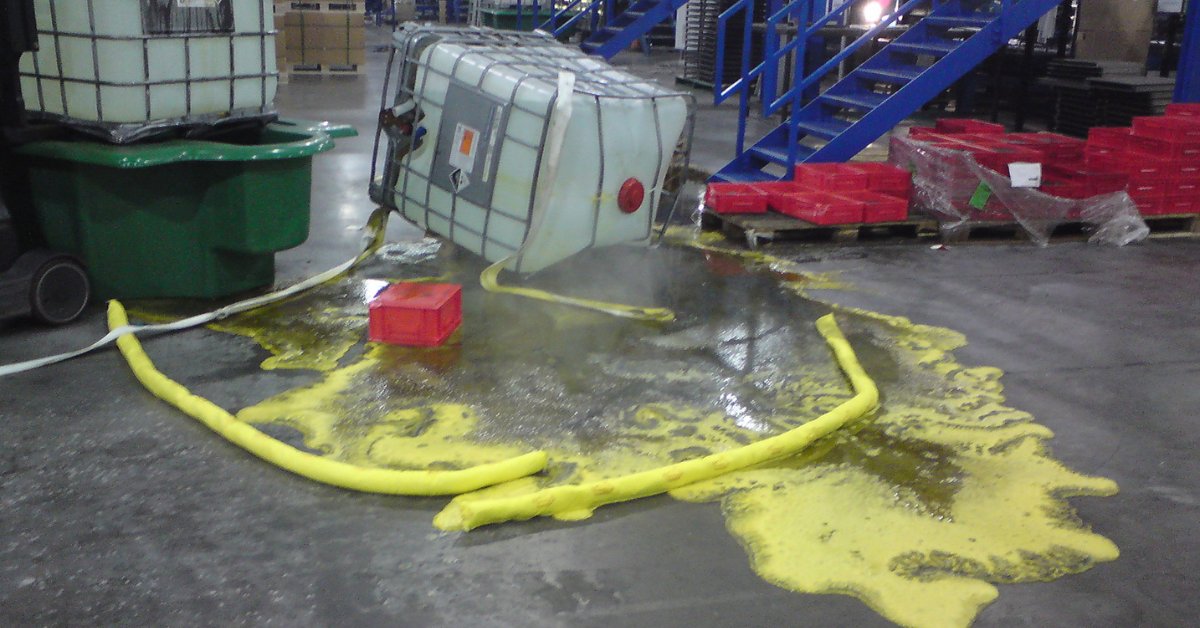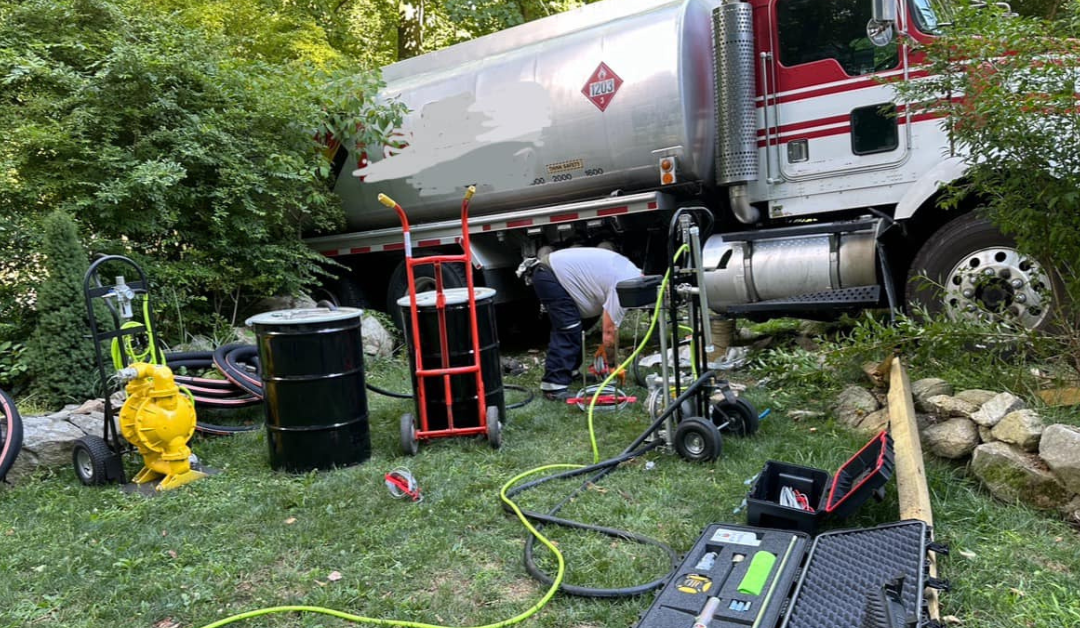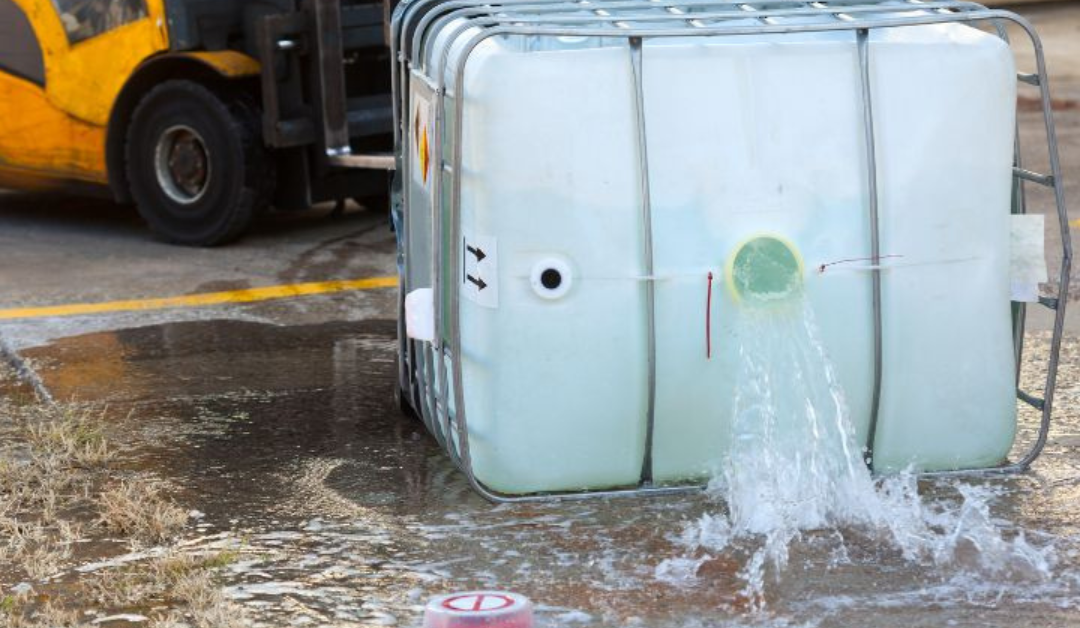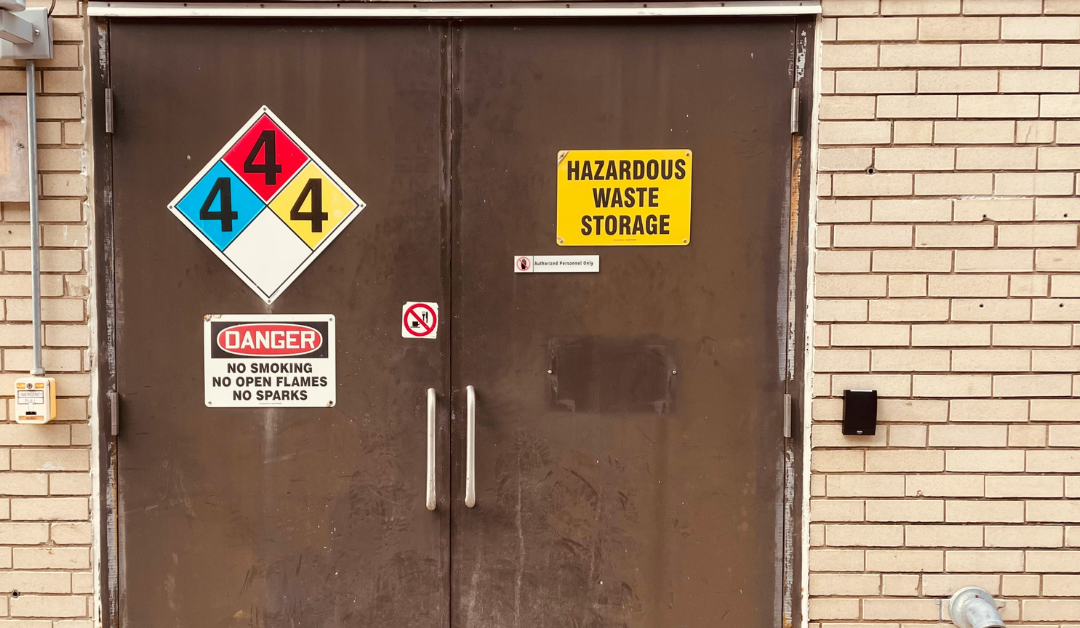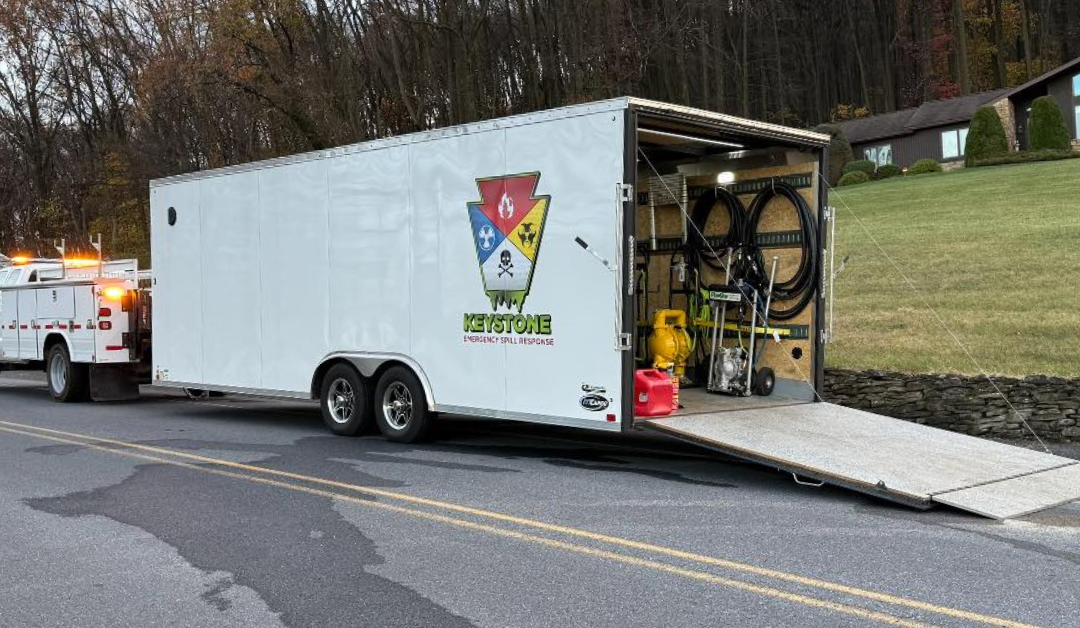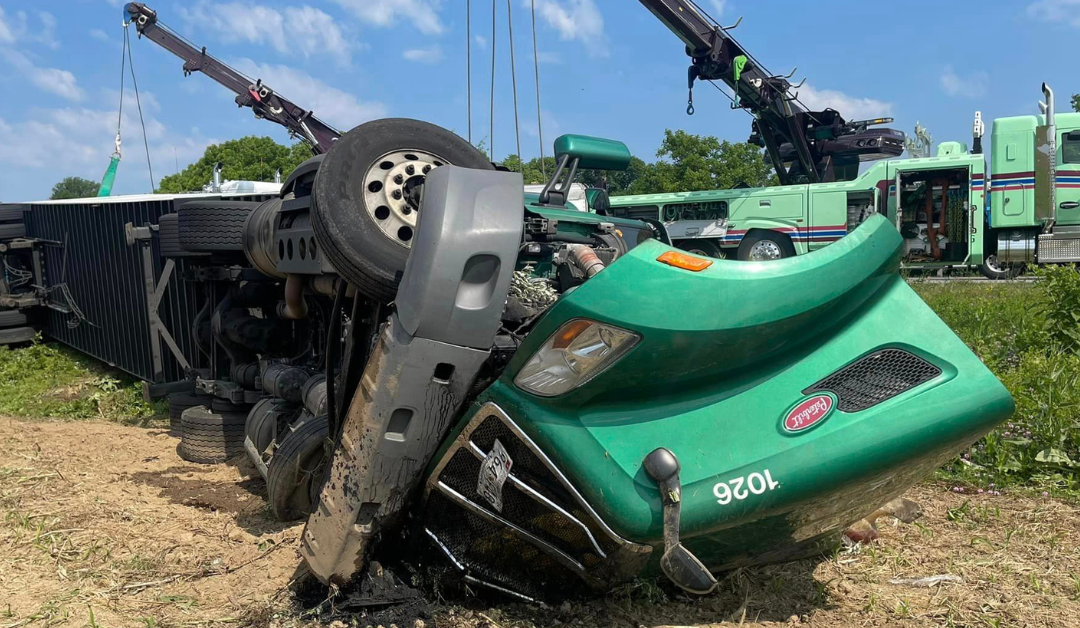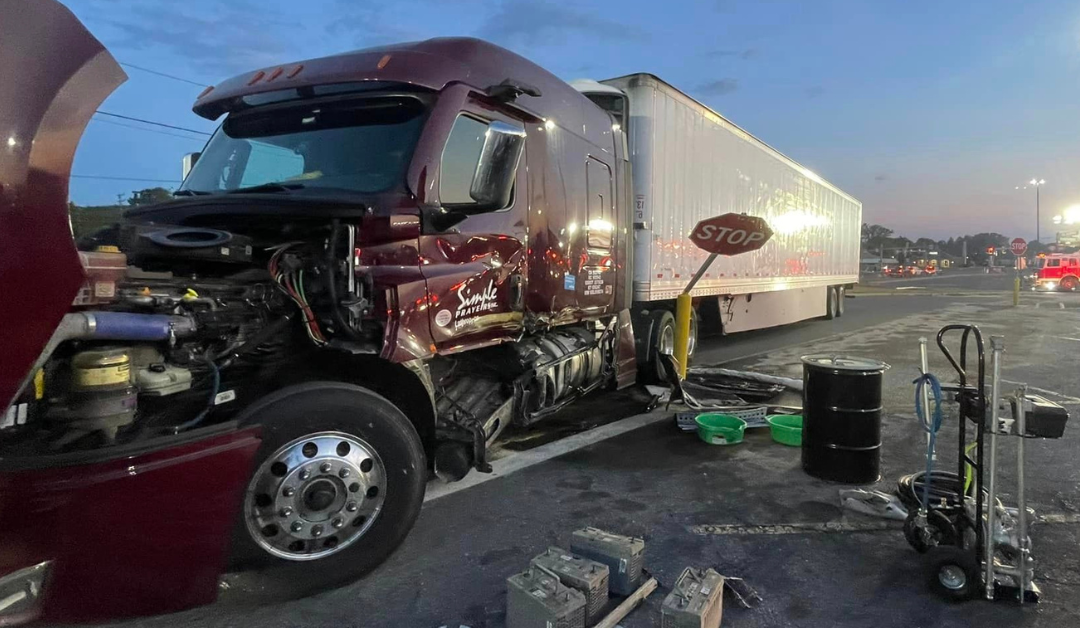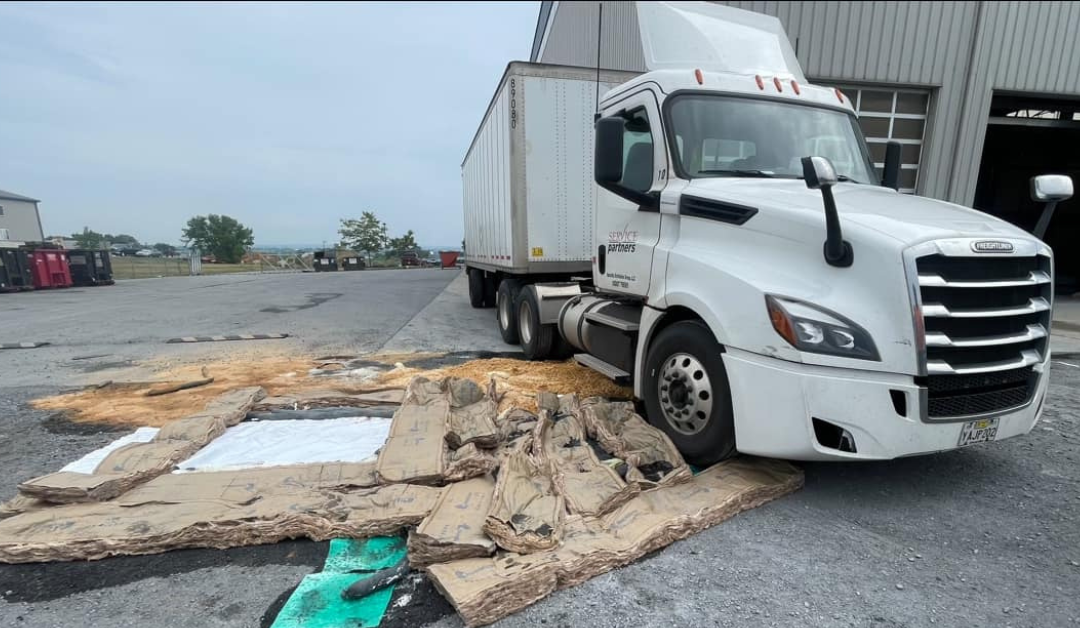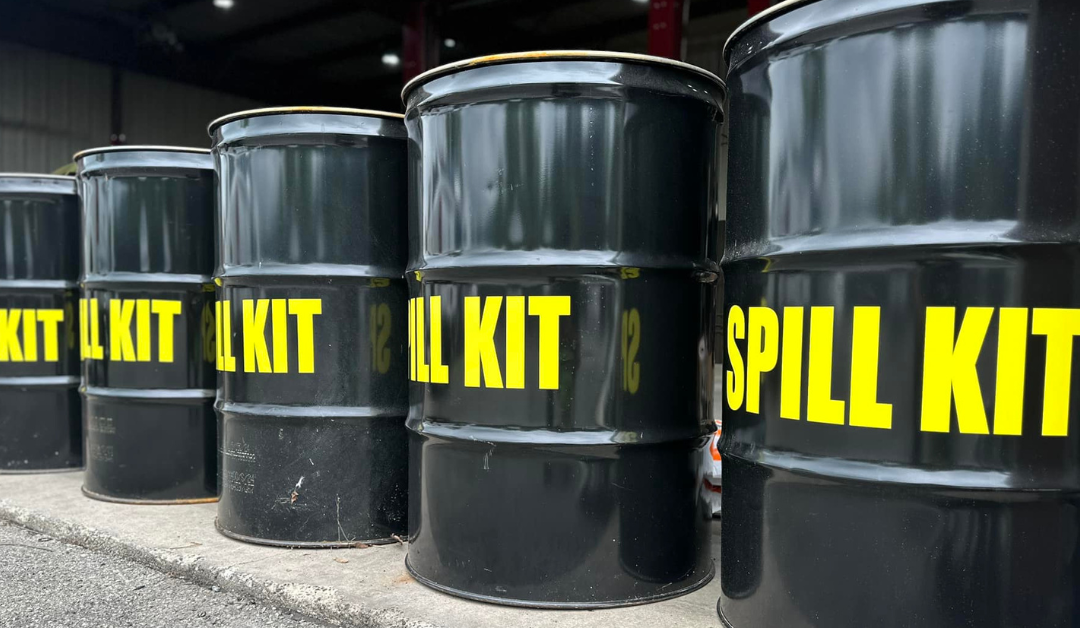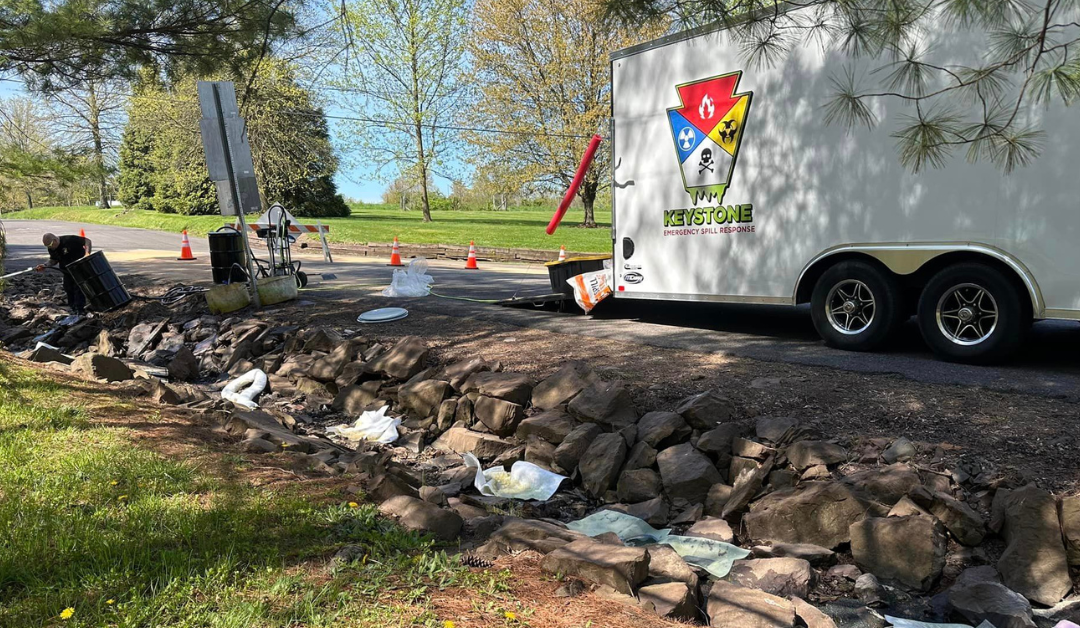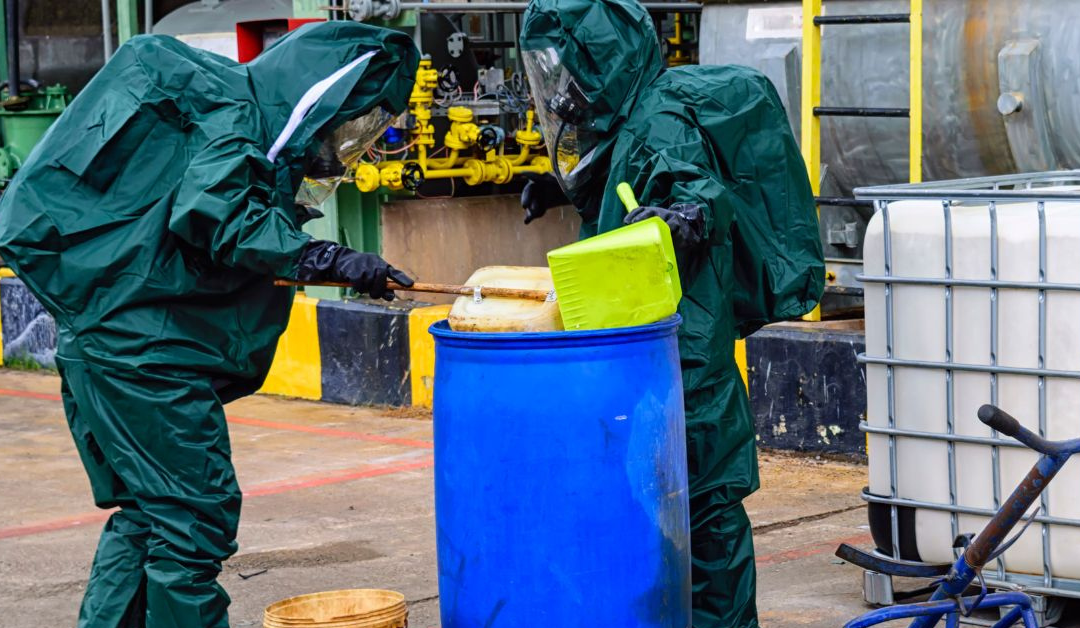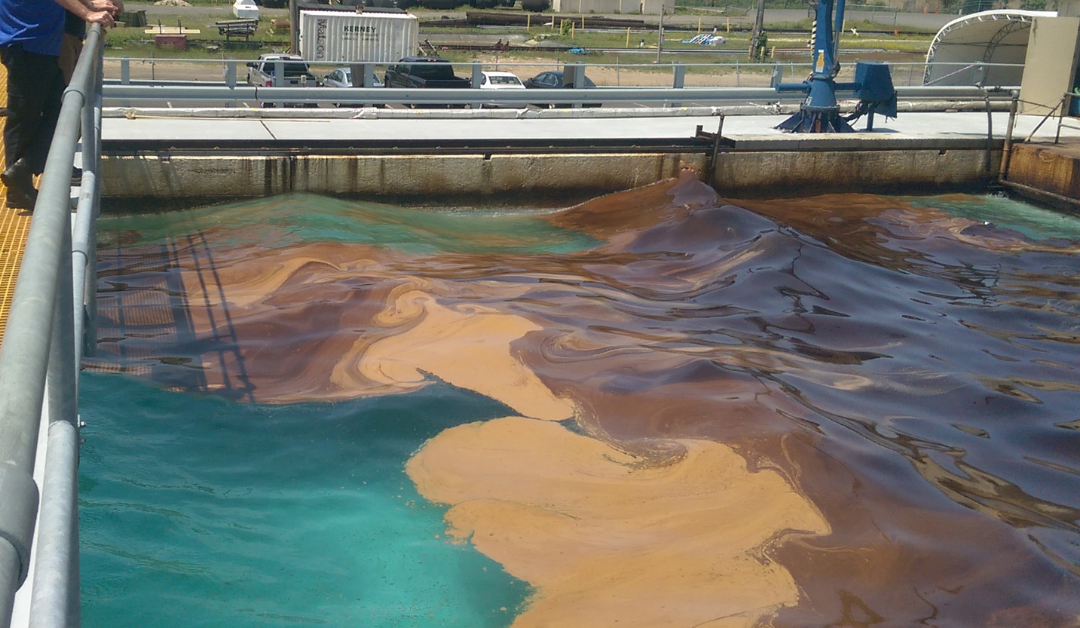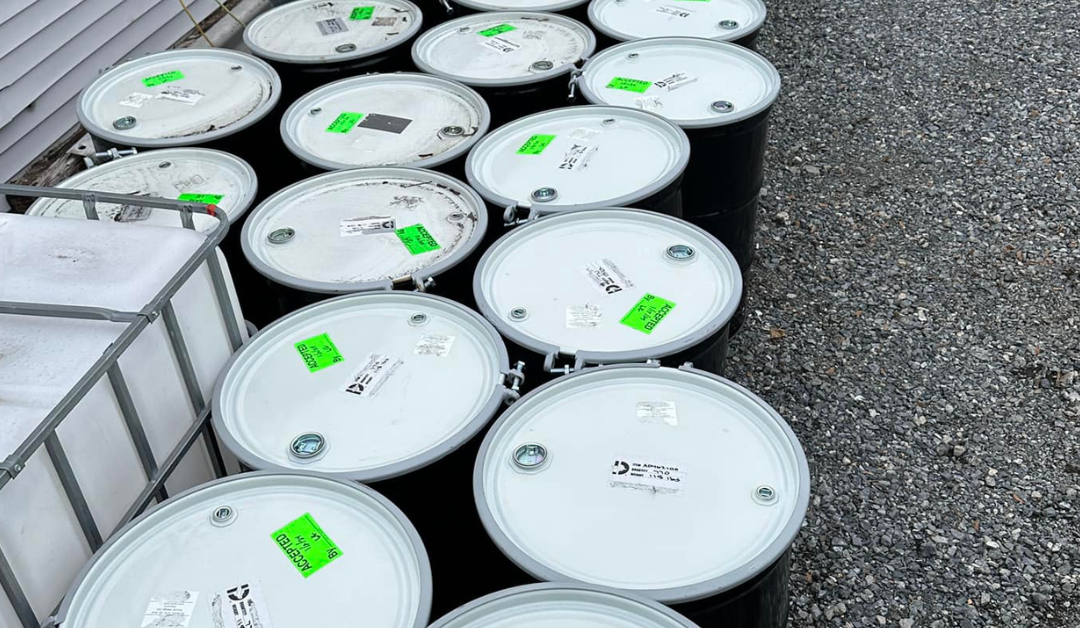Due to the hazardous nature of chemical spills, it has become imperative to have an effective emergency response team in place in case of such an incident. The spillage of hazardous chemicals poses a potential risk to human lives and the environment. Therefore, emergency response to chemical spills should be carried out with a lot of care and caution.
What Happens If Chemical Spills Are Left Untreated?
If there is a delay or professionals are not contacted promptly in emergency response to chemical spills, the affected area will face serious consequences from the unattended chemical spill. Some of the risks include:
Health Risks
Most of the chemicals are toxic, corrosive, or flammable. Thus, exposure to chemicals could lead to poisoning, skin burns, and breathing problems; in some critical cases, it could lead to cancer or birth defects.
Environmental Contamination
Chemical spills could result in environmental pollution, affecting the soil, water resources, and air. Consequently, plants, animals, and entire ecosystems could be destroyed. The chemical could be persistent, causing extensive damage for years.
Damage to Property
Such corrosive chemicals could damage buildings, equipment, or infrastructure. It could also cause fires or explosion due to the flammable nature of the chemicals, potentially harming life and property.
Legal and Financial Implications
Due to the failure of proper response to chemical spills, the companies or persons responsible could be levied with heavy fines, lawsuits, and legal liabilities. Moreover, the cost of cleanup and environmental restoration could be exorbitant.
Process Of Emergency Response To Chemical Spills
In the case of a chemical spill, a properly coordinated emergency response team must respond to minimize potential risks and mitigate potential consequences. A general overview of the process follows:
1. Identification and Notification
The very first step is to identify the spilled substance and its hazards. This information is essential in ascertaining the required response and safety measures. As soon as the spill is identified, the right authorities and the emergency response team have to be called up or communicated to as soon as possible.
2. Evacuation and Containment
If necessary, the area around the spill should be evacuated to ensure the safety of personnel. Emergency responders will then work to contain the spill and prevent it from spreading further. This can include the use of absorbent materials, building dikes, or covering drains.
3. Personal Protective Equipment
Emergency responders need to wear appropriate personal protective equipment such as respirators, chemical-resistant suits, and protective eyewear to avoid exposure to hazardous substances.
4. Spill Control and Cleanup
After the spill has been contained, the cleanup process can be undertaken. This could include the use of specialized equipment and techniques to neutralize, absorb, or remove the spilled material. Proper disposal methods must be followed to prevent further contamination.
5. Decontamination
After cleaning up the spill, emergency responders must decontaminate any contaminated equipment, clothing, or surfaces to ensure safety for staff and the environment.
6. Reporting and Documentation
Emergency responders must prepare detailed reports and documentation of the spill, the response actions, and any injuries or exposures for regulatory compliance and for future reference.
The Importance Of Training And Preparedness
To have an effective emergency response to a chemical spill, it is important to have proper training, equipment, and preparedness. Emergency responders must be knowledgeable in hazardous materials, safety protocols, and techniques of cleaning up. Regular drills and exercises prepare response teams to act quickly and effectively in case of a spill.
Moreover, facilities that handle hazardous materials must have elaborate spill prevention and response plans in place. These plans should outline procedures, responsibilities, and resources for addressing various spill scenarios.
Experts In Emergency Response To Chemical Spills
Failing to address chemical spills promptly and properly can have grave consequences. An emergency response team plays a vital role in minimizing risks to human health, the environment, and property. Following proper protocols, using appropriate personal protective equipment, and carrying out effective clean-up and decontamination procedures, emergency responders are able to mitigate the impact of the chemical spill and prevent further harm.
The efficiency and success of an emergency response depend entirely on proper training, preparedness, and the following of safety regulations. Preparing these measures will ensure that the facility can safeguard its personnel, the community, and the environment against the possible hazards of hazardous material spills.
Follow us on Facebook to stay up to date with the latest at Keystone Emergency Spill Response.

